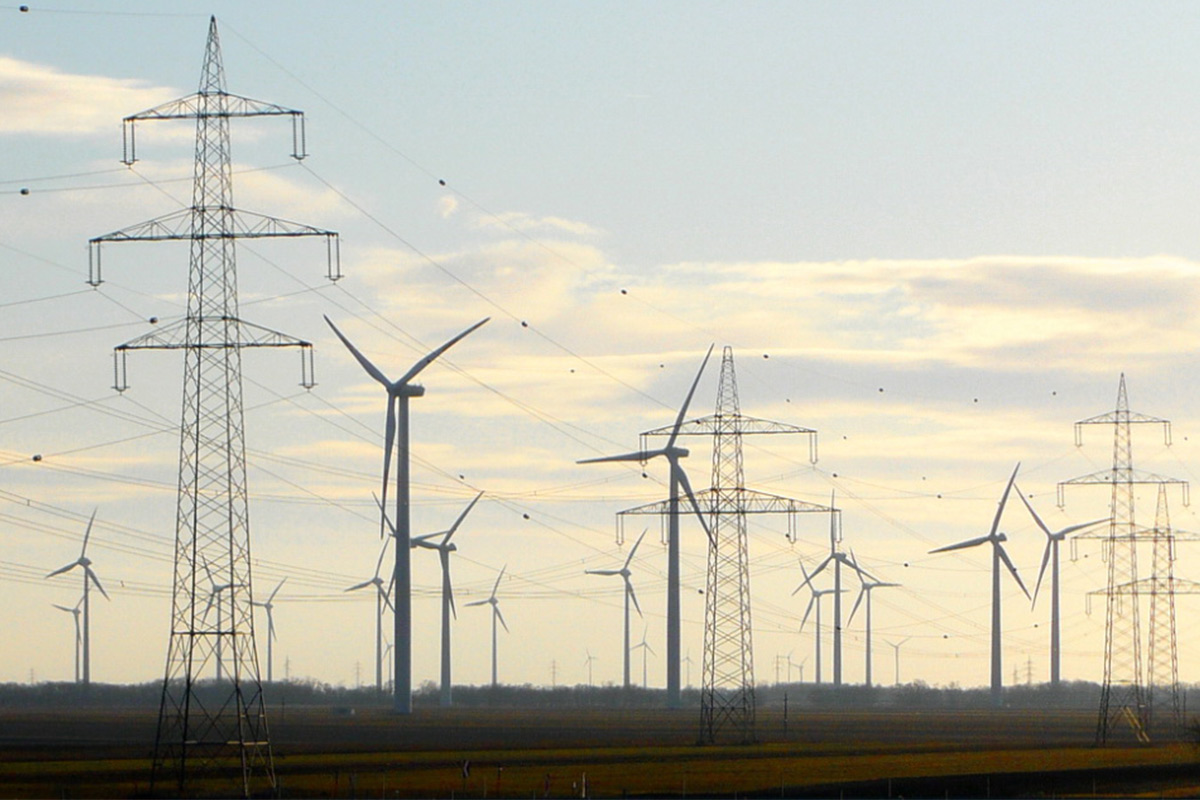5 November 2020
How to operate wind farms under the Clean Energy Package rules?

WindEurope organised a workshop on the implementation of the Clean Energy Package (CEP) market design rules. Members held exchanges with representatives from European Transmission System Operators (TSOs), the German Ministry for Economic Affairs and Energy and the European Commission on new dispatch, redispatch and congestion management rules in place since January 2020.
According to the CEP, TSOs must design and put in place detailed action plans on how they will apply new dispatch and re-dispatch rules more fit for renewables. There is no longer priority dispatch for wind energy. However, when planning their networks, TSOs will need to guarantee maximum grid access to renewables and minimised curtailment rates. Countries with less than 50% of renewable electricity in their mix will need to limit renewable electricity curtailment to less than 5% annually – Germany has committed not to exceed 3%.
Today, there is no uniformity on how redispatch is implemented across Europe. While market-based redispatch is the default option from the CEP, non-market-based mechanisms are still applied in many countries. In some Member States like Germany, curtailment compensation follows a cost-based approach so that wind farm operators receive the same income as if they would have been dispatched. Other countries like Ireland provide no or limited compensation for renewables’ curtailment. Countries that have managed to integrate wind in the balancing market and have access to large flexibility sources (e.g. hydropower) present very low curtailment rates (e.g. Spain, Portugal, Denmark, Italy). Meanwhile, curtailment remains a key challenge in Germany and Ireland. Other countries with low shares of wind such as France and Poland do not currently face curtailment issues.
Curtailment is closely linked to balancing markets and the ability of distributed assets to provide flexibility. The CEP asks Member States to guarantee that wind farms have full access to balancing markets. It also requests TSOs and DSOs to design and procure non-frequency ancillary services such as reactive power on a market and non-discriminatory basis. Germany is kicking-off a mechanism to remunerate reactive power from wind farms. But wind farms still meet obstacles when trying to offer some of these services in many countries e.g. in Italy, Spain.
Participants concluded that system operators, regulators and industry should intensify exchanges on the implementation of market design provisions in national legislation. This is crucial if Member States are to comply with the June 2021 CEP transposition and speed up the transition towards a renewables-based energy system. The immediate priority is for the EU-27 to strengthen market design policies and measures outlined in their 2030 National Energy and Climate Plans. In its latest recommendations on the EU-27 Plans, the European Commission encourages countries to improve on system flexibility measures through smart grids, demand side response, storage and investing in the modernisation of electricity grids.

